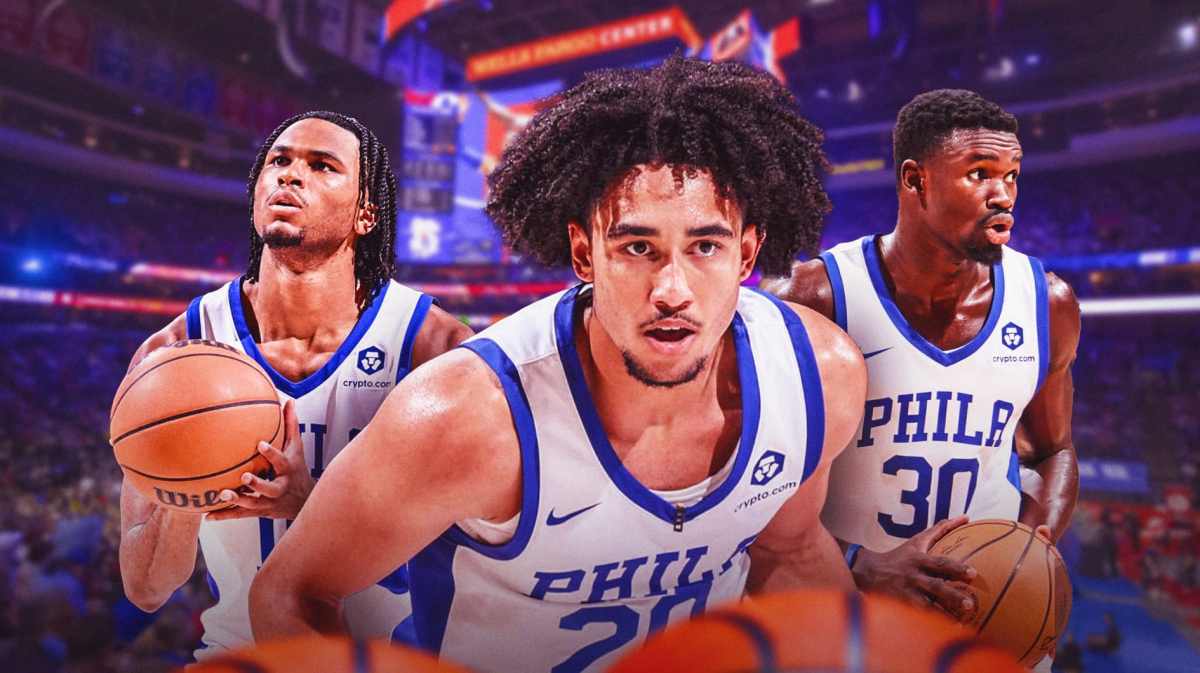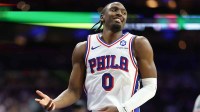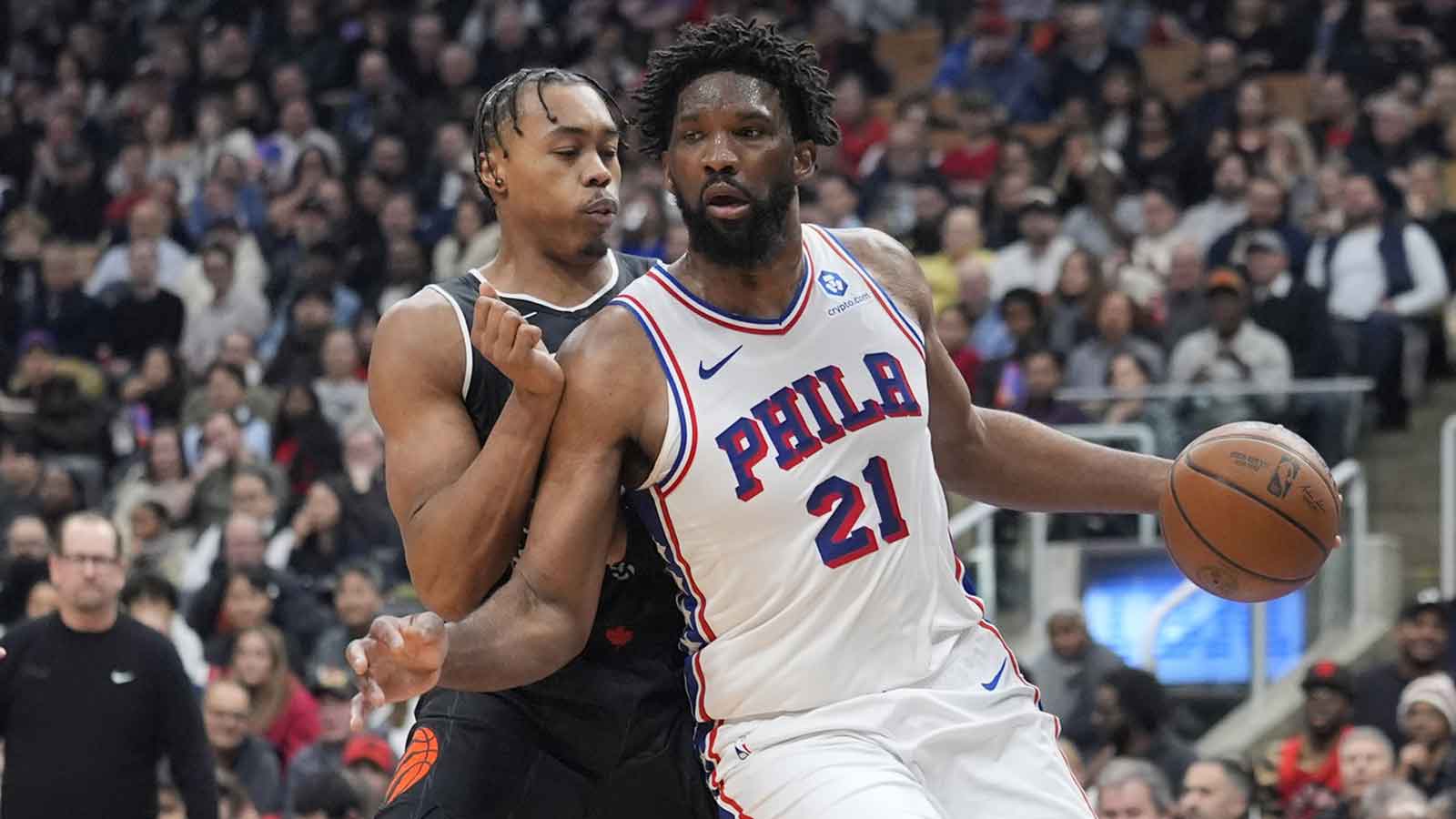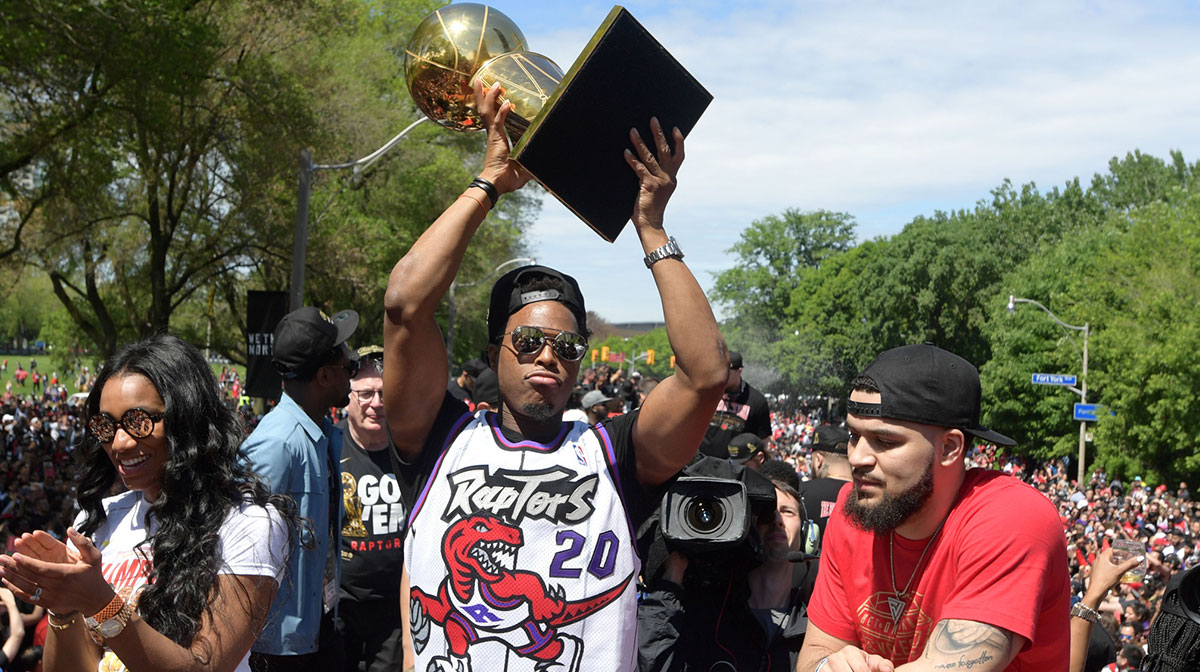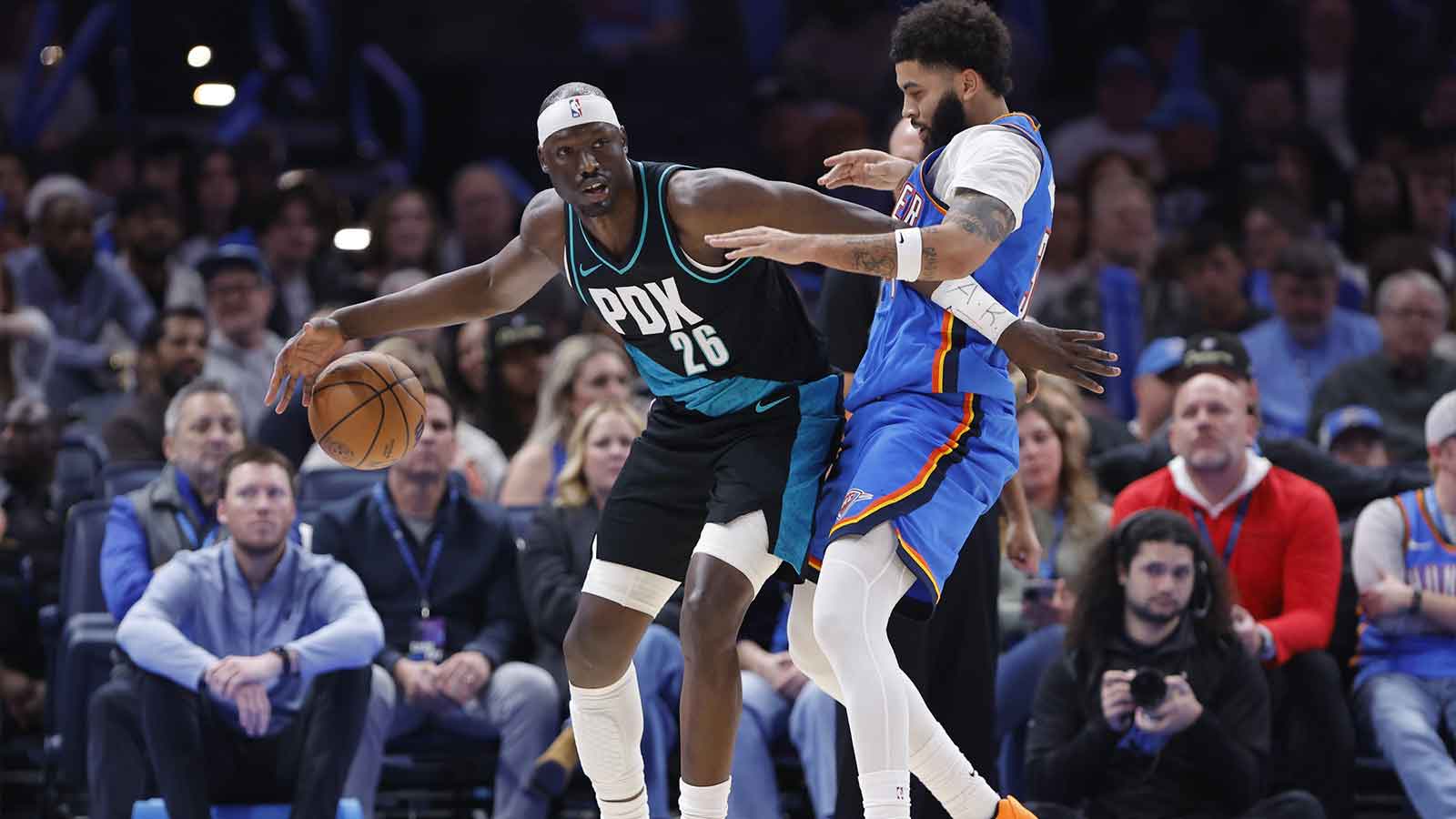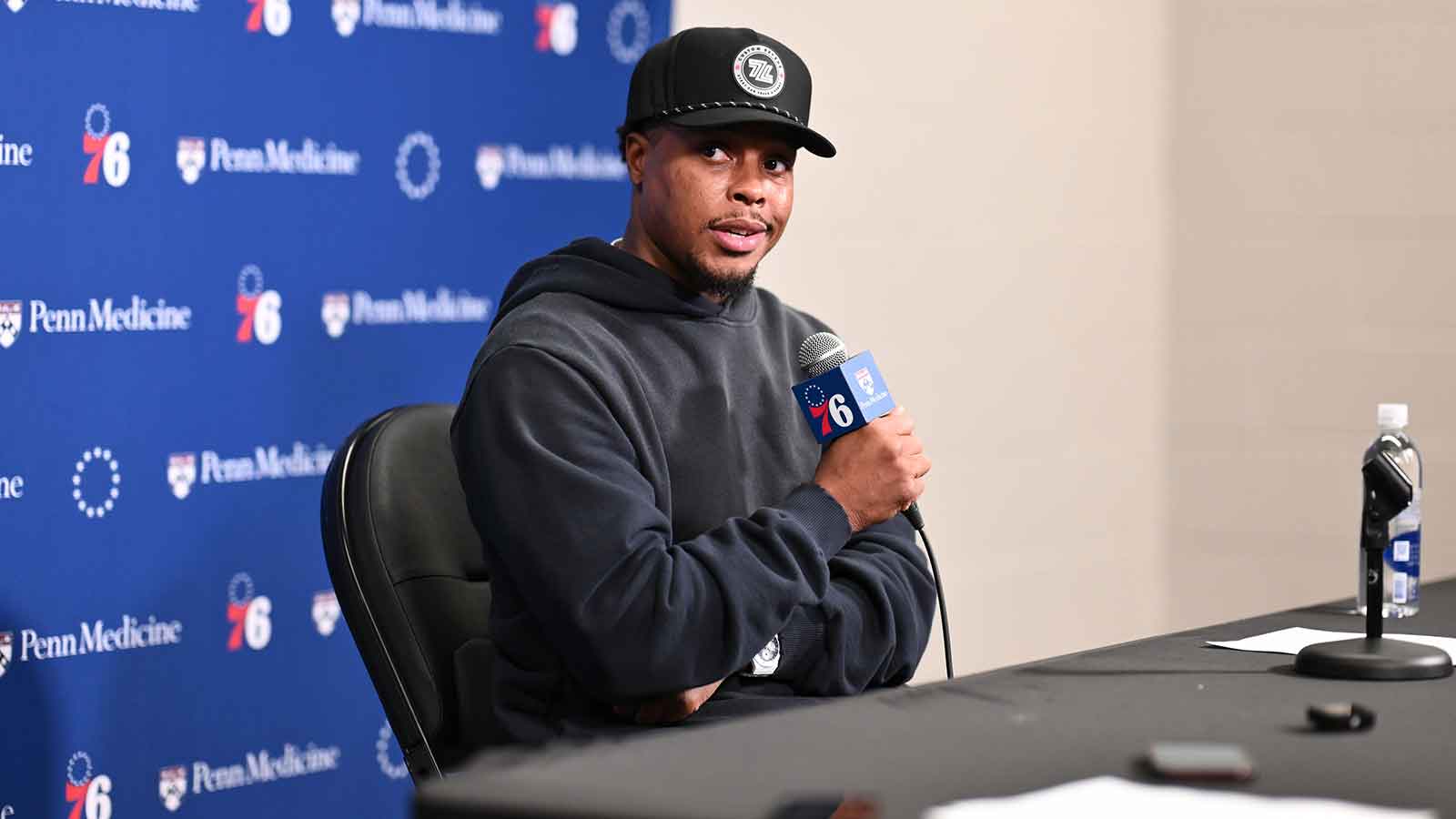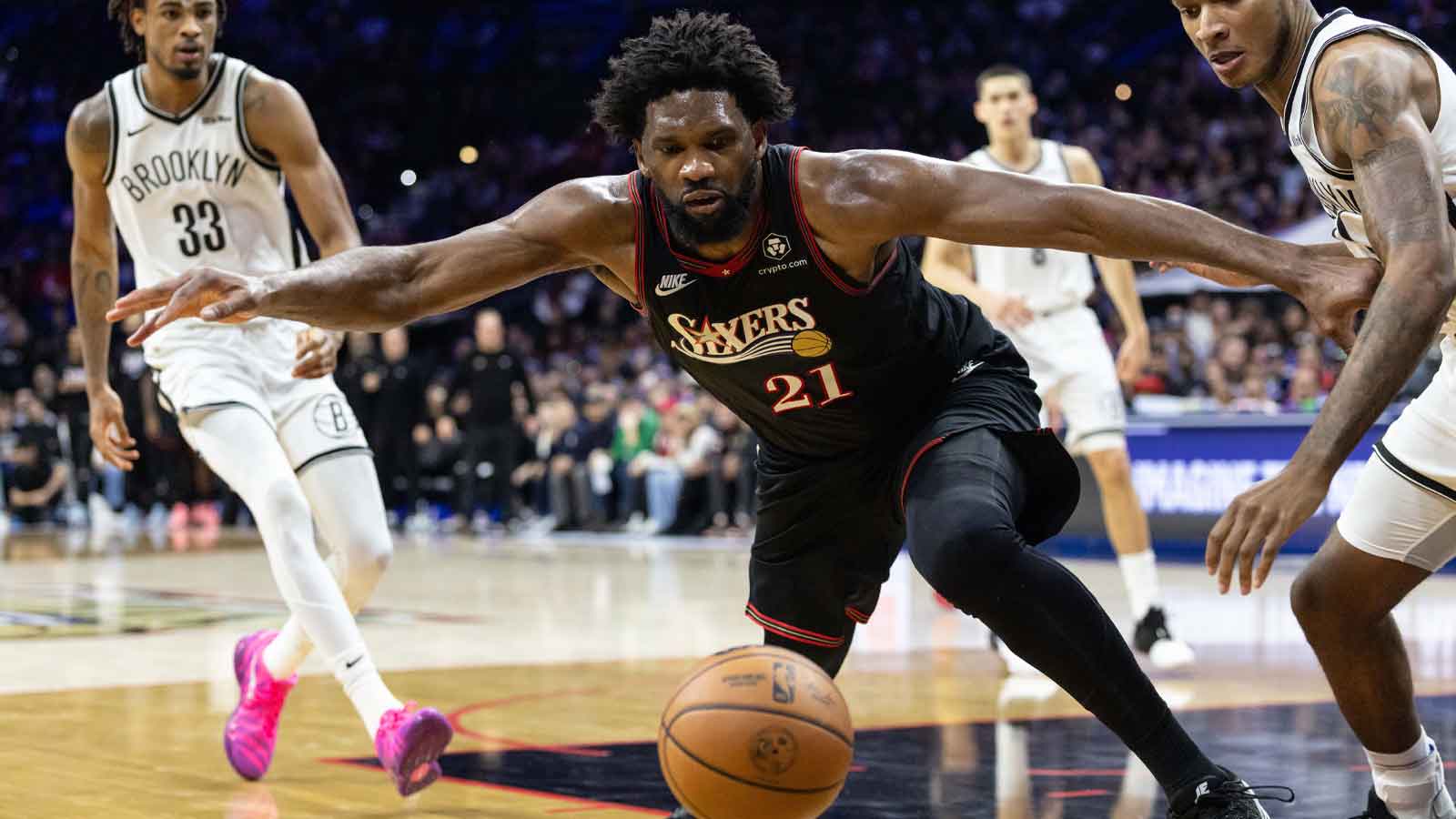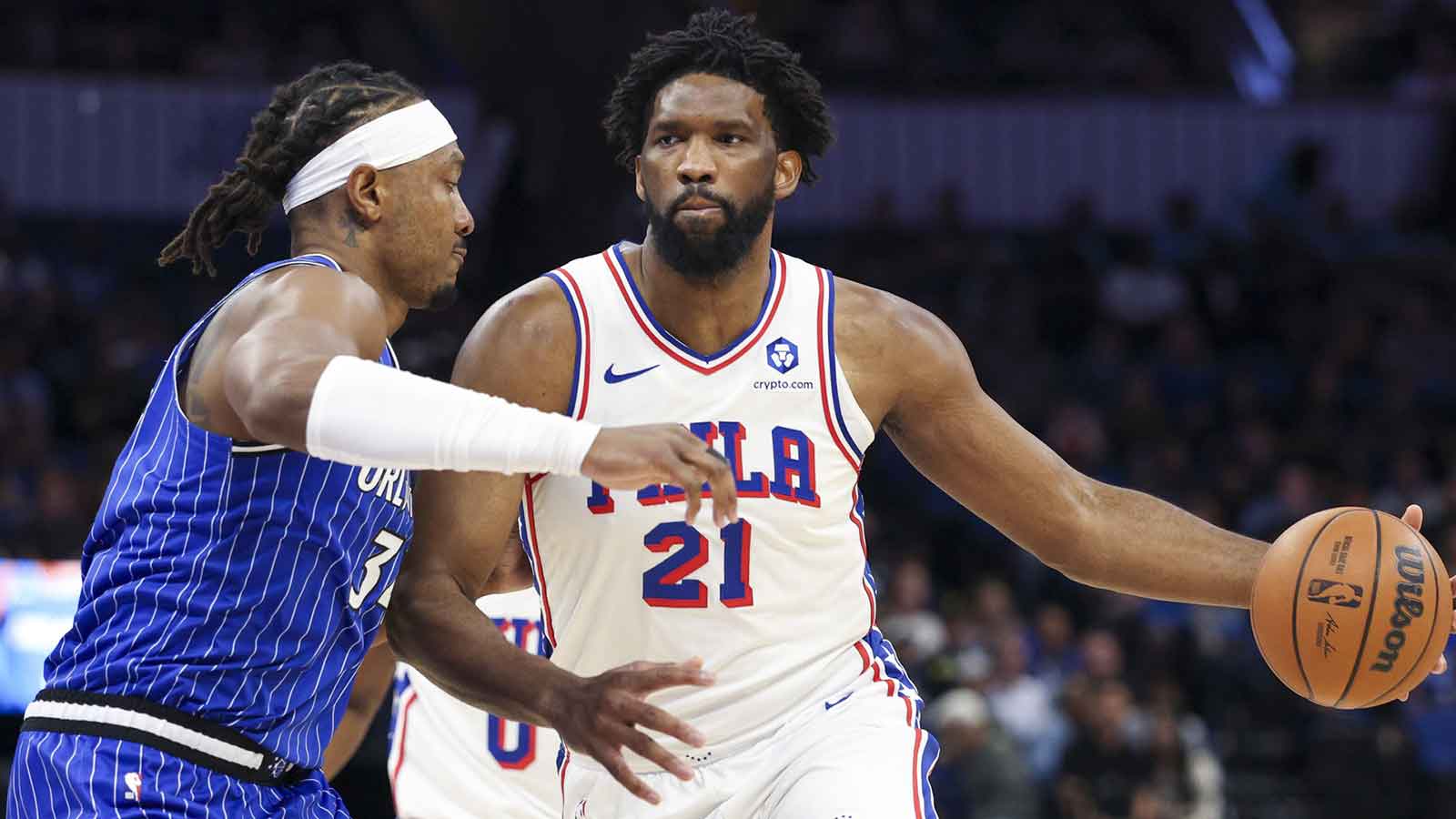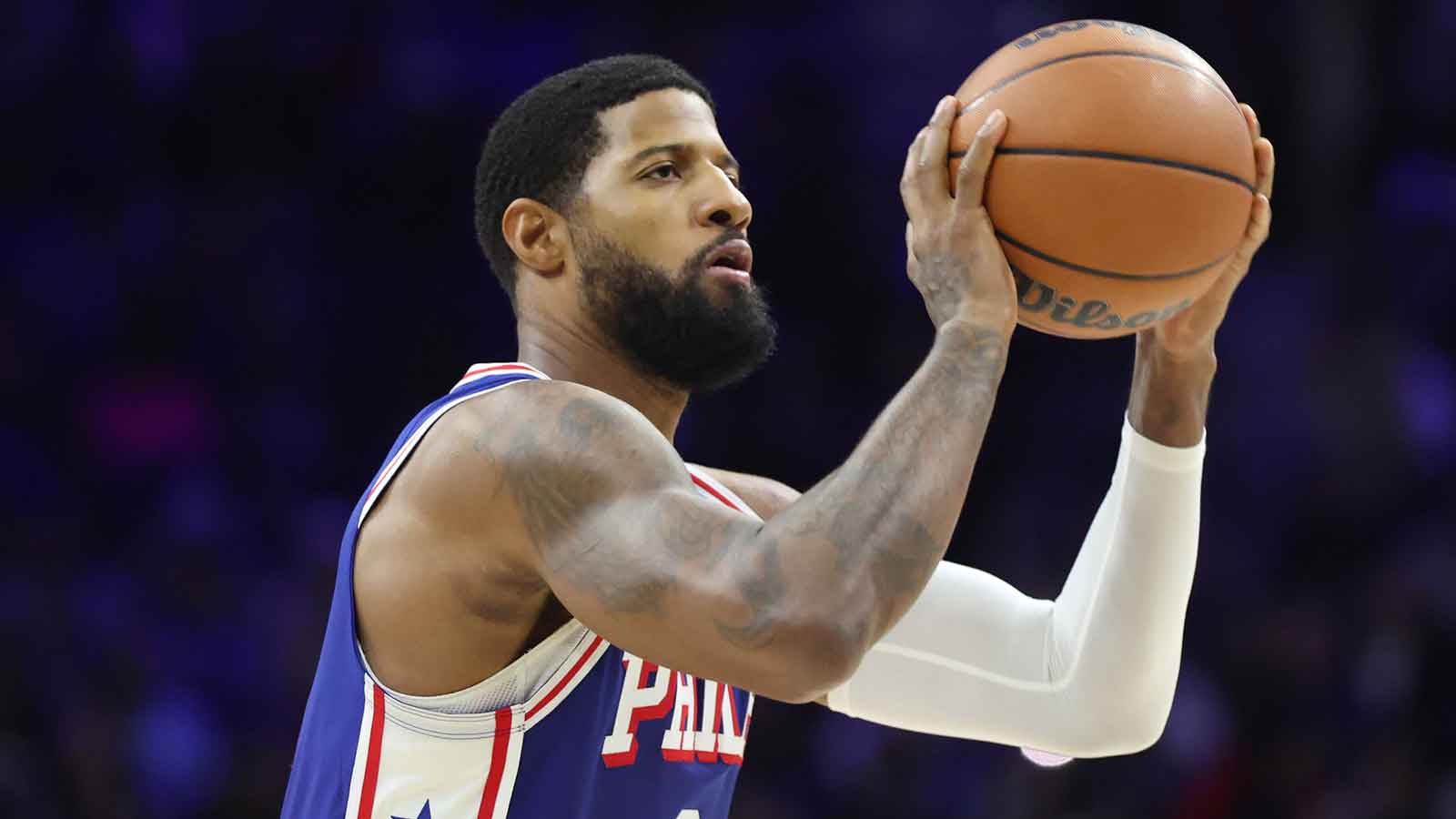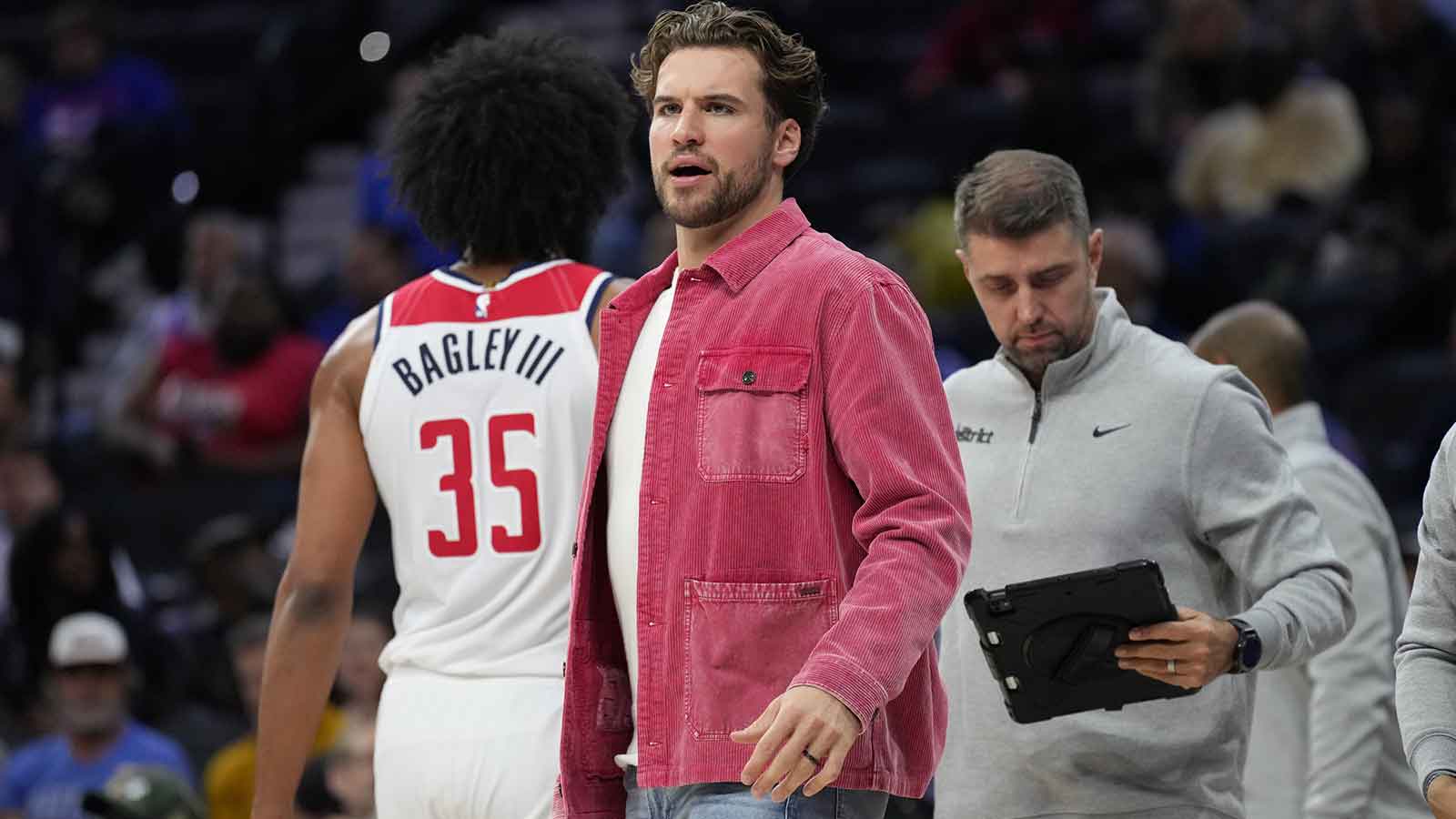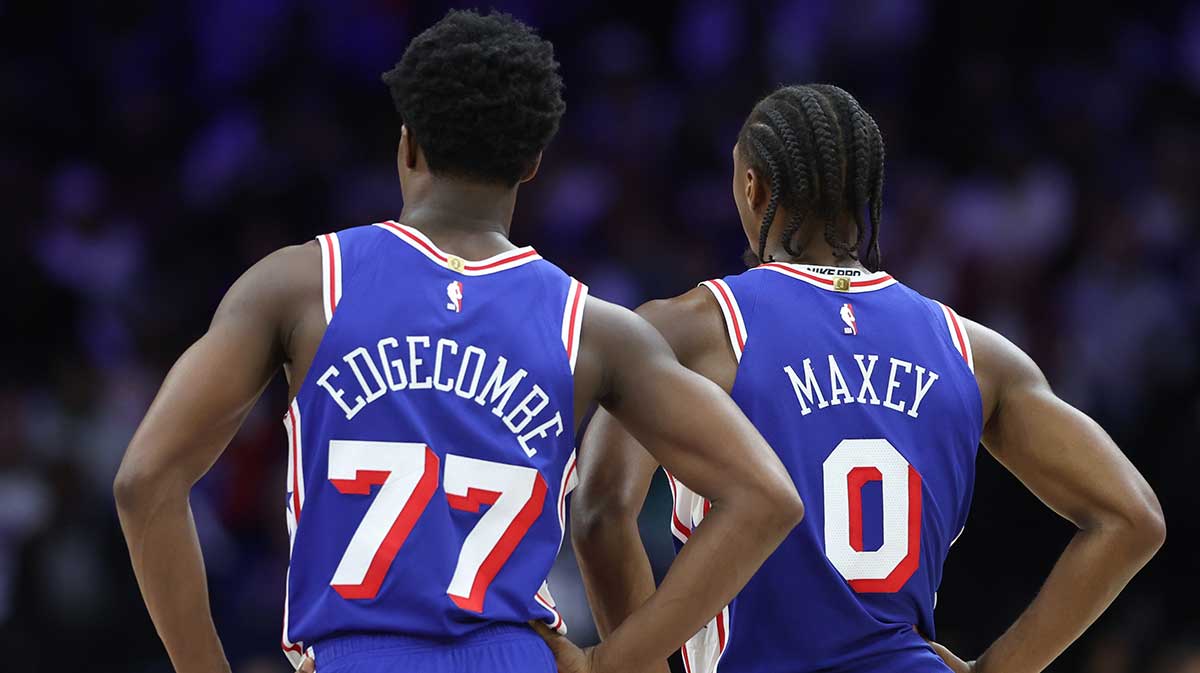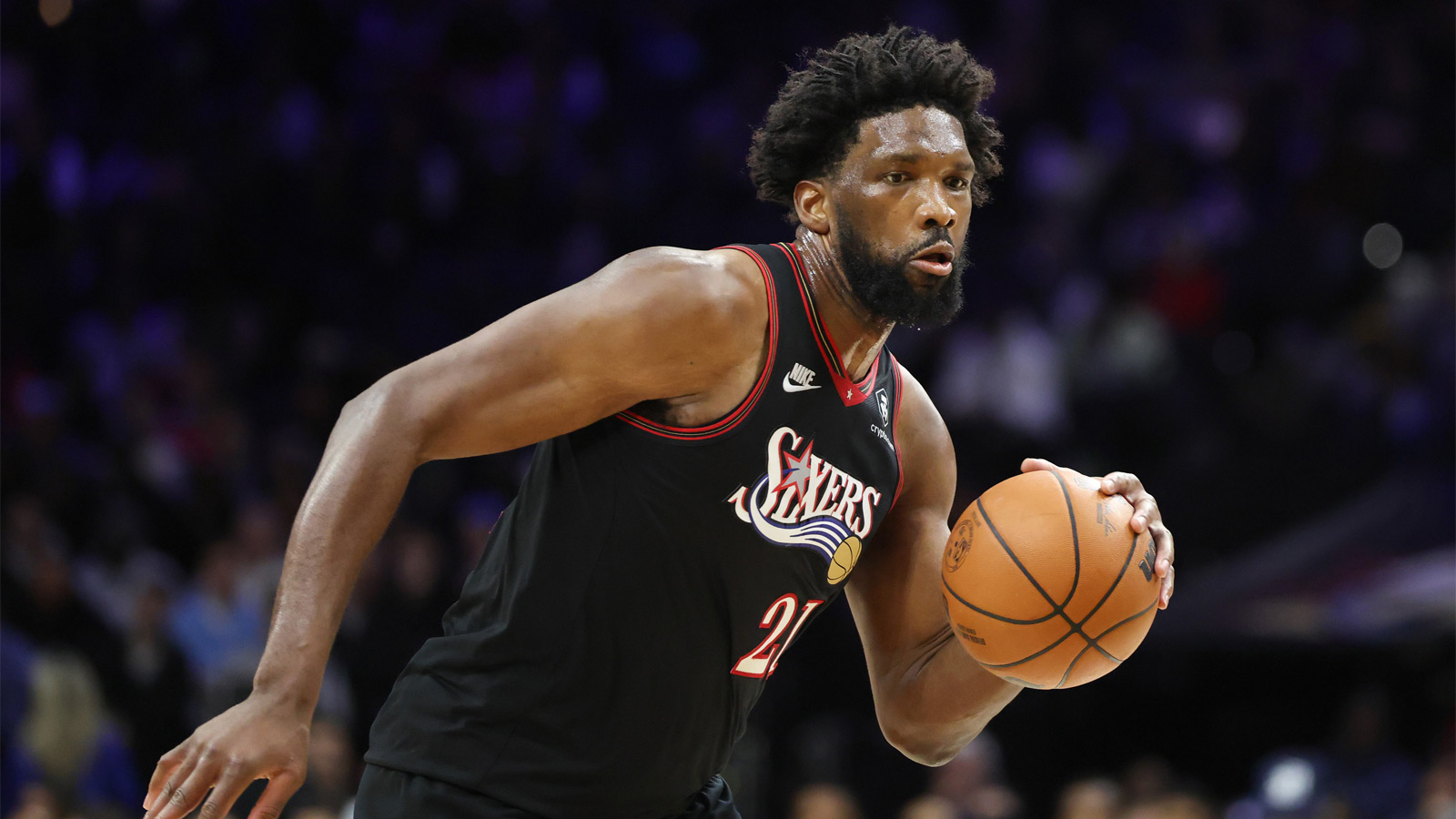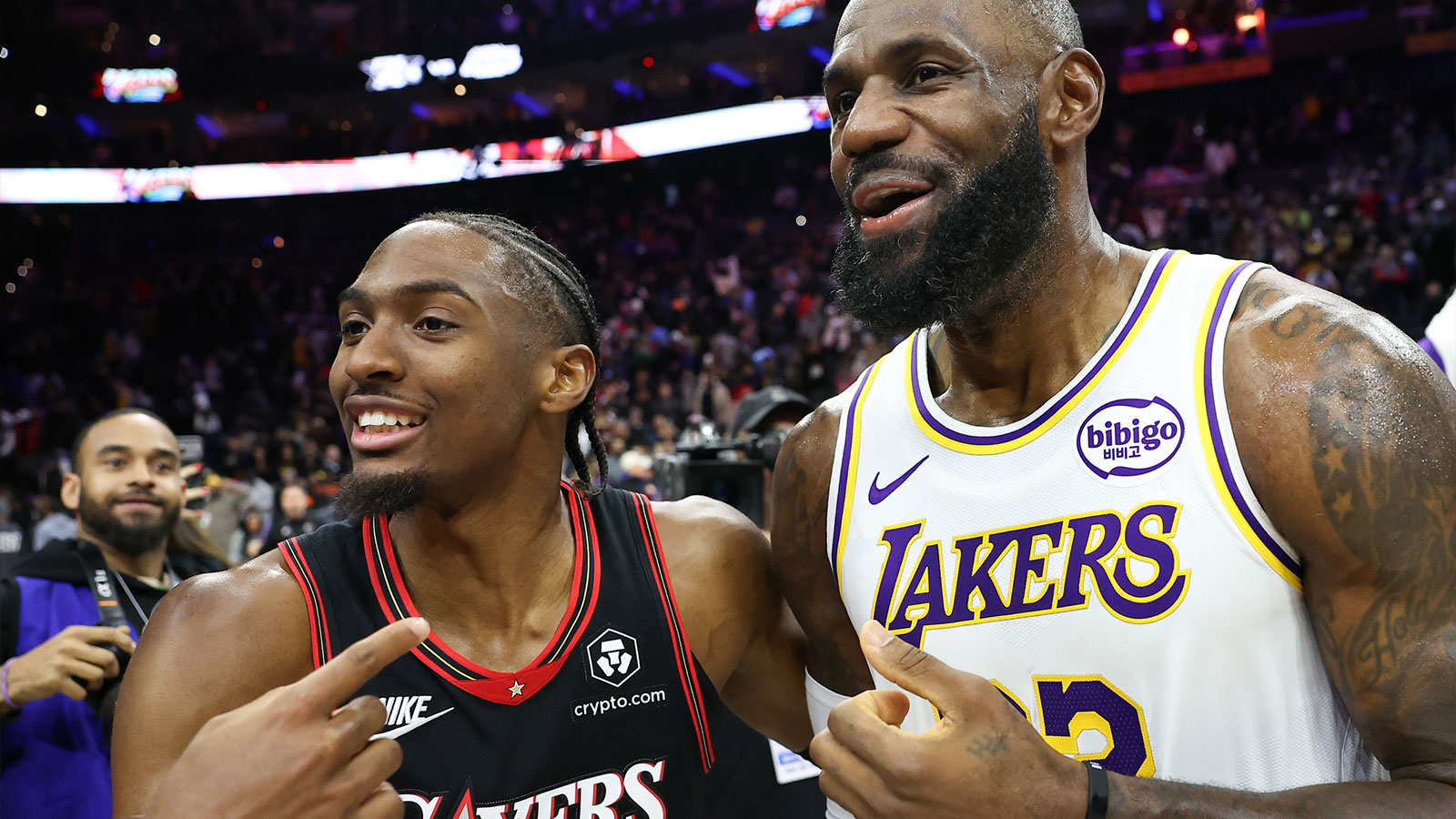The Philadelphia 76ers completed their Summer League games in Salt Lake City and Las Vegas with more wins (five) than losses (three) and plenty of impressive performances from their marquee players. All in all, it was a really good summer trip.
With two drafted rookies, a handful of undrafted players and some returners with NBA experience, the Sixers' roster featured a diverse pool of talent. Three of their players will be on their main roster next season and several others will spend most of the upcoming season with the Delaware Blue Coats. Most players saw their stocks rise after the exhibition games but all of them came away with valuable experience against fellow NBA (or fringe NBA) competition.
As the 76ers prepare for the regular season, perhaps making a pit stop at the Rico Hines runs first, the youngsters should take what they learned from Summer League into the 2024-25 season. What they could and could not do these past few weeks tells how they and the team should map out their development.
Jared McCain's guard skills are legit
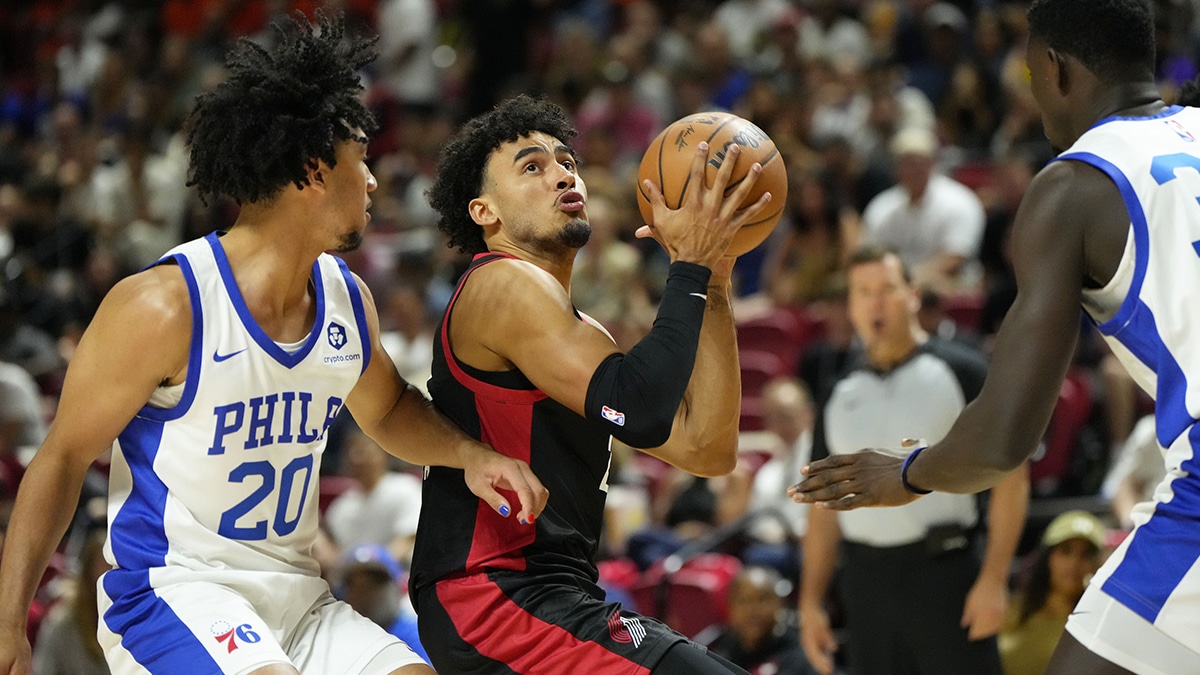
After being drafted with the 16th overall pick in the 2024 NBA Draft, McCain came into the Summer League with a chicken-egg debate facing him. Was he used off the ball at Duke so often because he was so good off the ball or not that good on the ball? Based on how he played this summer, it was made clearer that it was the former and that the Blue Devils made concessions to allow others who were much better on the ball to handle those responsibilities.
McCain shot the lights out at Duke while providing glimpses of what he could do as an interior scorer and playmaker. With the 76ers, he showed that he can get into the paint and score below the rim with nifty finishes. He can make reads out of the pick-and-roll, throwing single-handed passes that defenses couldn’t make plays on. His passing vision wasn’t off the charts but anyone who had doubts about it surely feels a little better now.
Of course, McCain is still going to take an off-ball role with Philly and its trio of established stars. He was adept at moving off the ball in the halfcourt and was a great option as a lane filler on fast breaks. When the ball hit his hands, he comfortably rose up for shots on the wings. In between chances to score, McCain made some nice plays on defense and stayed alert for defensive rebounds.
The shooting splits (28.6 percent from the field, 25.5 percent from deep) won’t do McCain any favors but they don’t come close to telling the full story. He did a very nice job in his first taste of professional games.
Adem Bona's worst enemy is his own fouling
Bona was everything he was advertised to be for the 76ers. He showed that he was wildly athletic, always played hard and never shied away from his opponents.
The biggest positive for Bona was how quickly he learned how to contest shots without leaving his feet. He still got into foul trouble later in his stint in Vegas but looked to be way more in control without sacrificing his effectiveness as a shot blocker. The 41st overall pick swatted eight shots in his first two games in the desert and had five steals across his final three games.
Bona staying grounded on defense will be extra valuable because of how effective he is at sliding his feet to stay in front of quicker opponents. He's the type of center who will excel at playing at the level of screens and switching onto most positions. In drop coverage, the question will be how much he can compensate for his lack of height with instincts for disrupting the play.
The degree to which Bona's game translates to the NBA is fair to question given his lack of size and on-ball skills like shooting or ball-handling. Having Andre Drummond soak up the backup center minutes ahead of him this season is the right way to go. But sooner or later, even if he’s sent down to get some run in the G League, Bona seems bound to make his mark.
Ricky Council IV's improvement in three-point shooting is fantastic
In his first go-around Summer League as an undrafted rookie, Council played eight games and shot 17 shots from beyond the arc, missing all but one of them. This year, he had 12 makes from downtown. He attempted 41 threes in seven games, giving him a three-point percentage of 29.3.
Is that good? Not really. However, it's a heck of a lot better than he did a year ago. The volume of his attempts, the degree of difficulty and the rate at which he cashed in on them all improved exponentially. His confidence made the biggest leap of all, unlocking a barrage of ways to pour on the points. It's hard to imagine the timid shooter from last year shooting from way deep and on step-back dribbles.
RIcky Council IV is *cooking* pic.twitter.com/H2ML2NCfGe
— Steve Jones Jr. (@stevejones20) July 9, 2024
Council also got to the free-throw line more than anyone else in the Las Vegas Summer League. He lived at the line in his brief NBA experience, too. But going forward, Council has to learn that slamming on the breaks isn’t always a recipe for success. There were plenty of drives where he left his feet or charged ahead and either lost the ball or hucked up a bad shot. It's necessary to hit the brakes, go in reverse or cruise at a slower speed from time to time.
What will help Council get cleaner paths to the basket is his improving three-point shot. He's athletic, creative, strong and determined enough to apply pressure to a defender that sags off him. Now, with actual space to work with, it'll be even easier.
Jeff Dowtin Jr. could easily be upgraded from his two-way deal eventually
Dowtin was great for the majority of the Summer League, consistently leading the offense to great results. He was held out of the final game for how good he was, averaging 17.1 points and 5.7 assists per game (and just 1.9 turnovers) while shooting 48.3 percent from the field. He ran the pick-and-roll wonderfully and made plenty of clutch plays in Philly’s various down-to-the-wire games.
The 76ers signed Dowtin to a two-way contract, opting to keep a spot on the 15-man roster open. Perhaps if they find themselves needing to fill the roster by the end of the season, they'll once again convert Dowtin to a standard deal. In the meantime, he'll be down with the Blue Coats organizing their offense and dicing up opponents.
David Jones looks polished enough to be a keeper
Initially in the Summer League, what stood out about Jones was his feisty defense and presence on the boards. He was a physical defender who forced turnovers and fought hard for rebounds, scoring here and there, mostly on downhill takes. Then, he cut loose and got buckets to cap off his first foray with the 76ers.
In the Summer Sixers' finale against the Boston Celtics, Jones went off for 23 points. He had just 41 points total across his first six games but did a great job of creating his own offense against Boston. He stayed low on crossovers, quickly firing dribbles until his defender was nudged off course.
Former Memphis G David Jones (@DeiviJones23) had a DOMINANT performance today in the NBA Summer League.
23 PTS | 8 REB | 3 BLK | 2 STL | 2 AST | 9-15 FG | 3-7 3PT
Jones showed off his tough shotmaking and scored all over the floor tonight. He hit shots off the dribble and off… https://t.co/lqqzldnAps pic.twitter.com/Z5wgbpX5uR
— Hitmen Hoops (@HitmenHoops) July 22, 2024
Jones' comfort off the dribble is key. As someone who projects to be a complementary player, continuing to bend defenses off a cut or a quick swing is a great tendency to show. The more he helps his team score, the easier it is for him to set up on defense, where he can really grow into a game-wrecker.
Justin Edwards can score but needs to sharpen his skills
Edwards' game against the Memphis Grizzlies was one of the best performances from any 76ers player this summer. He scored super efficiently and sprinkled in other plays that stuffed the stat sheet. The Kentucky product shot a decent amount of threes and was comfortable handling the ball in open space, too. For as intriguing as he looked at times, he was also pretty inconsistent. He wasn’t alone but his lows seemed lower than most of his teammates.
There were plenty of games where Edwards' scoring shined but also quite a few where he didn’t do much. His defense was pretty solid, using his frame to guard a variety of players and notch a steal or block here and there, but wasn’t good enough to overcome his up-and-down scoring. He didn’t make up for it as a high-level playmaker, either.
The 76ers should let Edwards get as many reps in the G League as possible. The 20-year-old clearly has potential but has to refine his game a good bit before he’s ready to contribute in the NBA.
Keve Aluma could definitely crack an NBA roster one day
Aluma skipped Summer League last season as he established a career playing in Japan and South Korea. He signed a new contract with a team in Japan for next season, so his exclusion from the 76ers' two-way roster is seemingly not due to any lack of interest from the team.
Perhaps Aluma decides to stay overseas for his career after already building up some cache in professional leagues. But if he does want to make the jump to the NBA, he may see plenty of takers. His ability to shoot threes and score on drives while playing either the four or five makes him an intriguing bench option. He was most certainly the biggest surprise from the Summer Sixers, making fans learn his name with some top-notch showings.
Judah Mintz may be next for a two-way deal — with the 76ers or elsewhere
Mintz came along slowly in the Summer League, getting more playing time by the final few games and drawing at least eight free throws in each of the final three games. His in-your-face style of play made him stand out for better and worse, though he saw more of the former as the exhibition games continued, defending opponents on the ball with tenacity and finding ways to get shots in the paint to fall.
The Sixers may shuffle their two-way spots around as the offseason continues. Perhaps they decide to sign Dowtin to the final roster spot or maybe have some second thoughts about Edwards and move him down to an Exhibit 10 deal, where he can still filter into the Blue Coats' roster. Whether Philly makes moves to keep him in the house or another team offers him a two-way, Mintz is a hotter commodity than he was at the start of Summer League.

